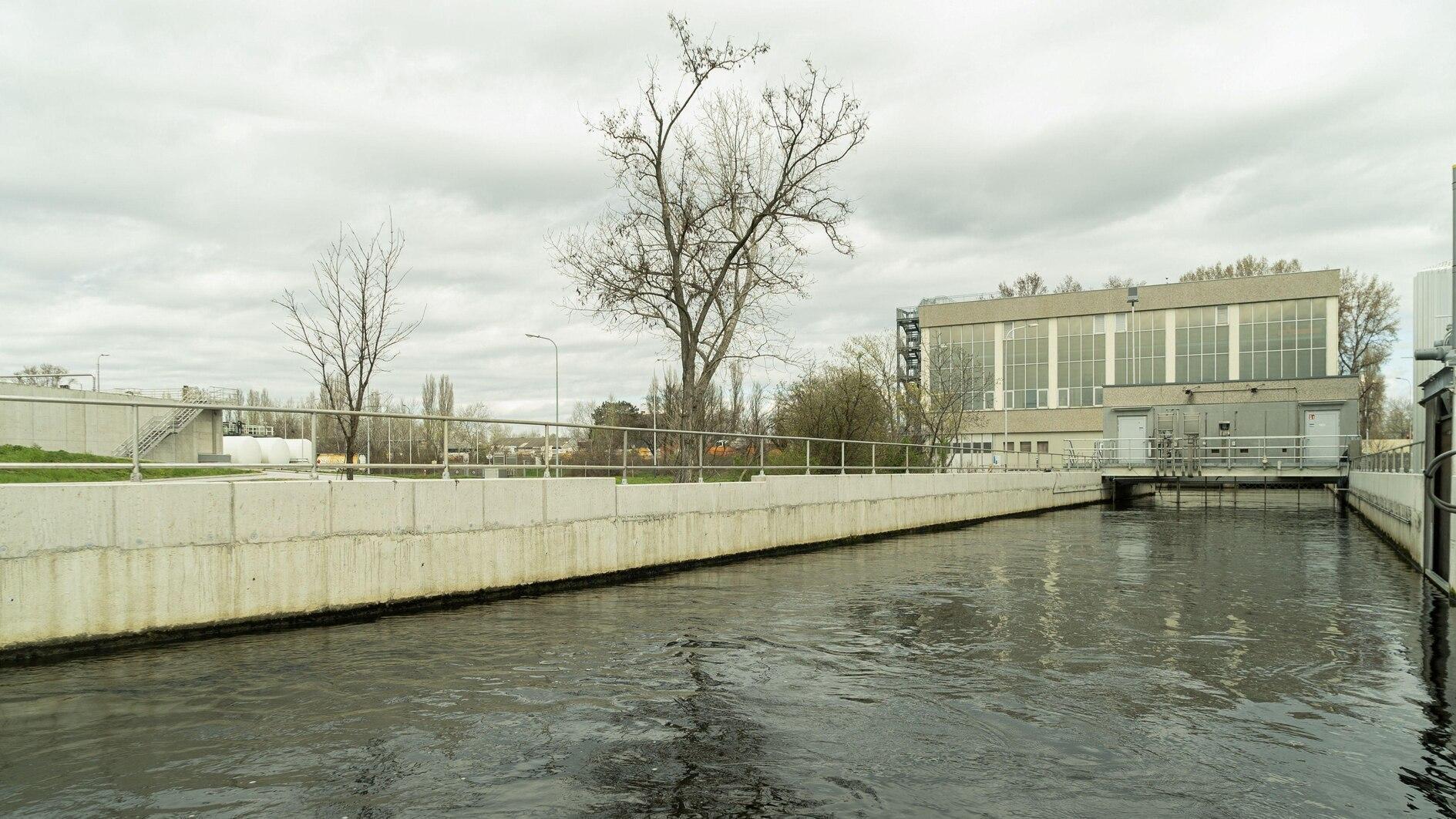Coal for votes – or maybe even lives?
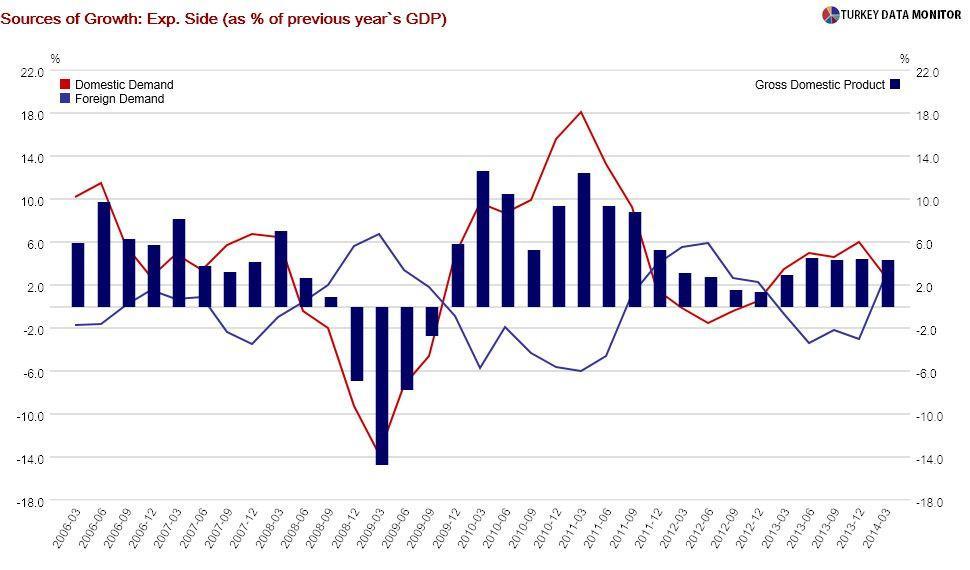 Today is the last day of the quarterly data-intensive week. In addition to the first quarter GDP figures, which were released on June 10, industrial production and Balance of Payments for April came out on June 9 and 12 respectively.
Today is the last day of the quarterly data-intensive week. In addition to the first quarter GDP figures, which were released on June 10, industrial production and Balance of Payments for April came out on June 9 and 12 respectively.Turkey grew 4.3 percent annually, as the economy shifted from domestic to external demand as the key driver of growth. Given the country’s large current account deficit and dependency on capital flows for growth, this is certainly a positive development.

Some analysts questioned this adjustment, claiming it was mainly due to gold trade, thanks to Reza Zarrab and former Economy Minister Zafer Çağlayan who “made it happen”: Turkey was a net exporter of gold ($1.6 billion) in the first quarter, versus a net importer ($ 1.3 billion) in the first quarter of 2013.
However, there is a good chance that a significant part of the 1.2 percentage points shaved off growth because of the stock depletion is due to gold, and so it is safe to say there is a rebalancing nonetheless.
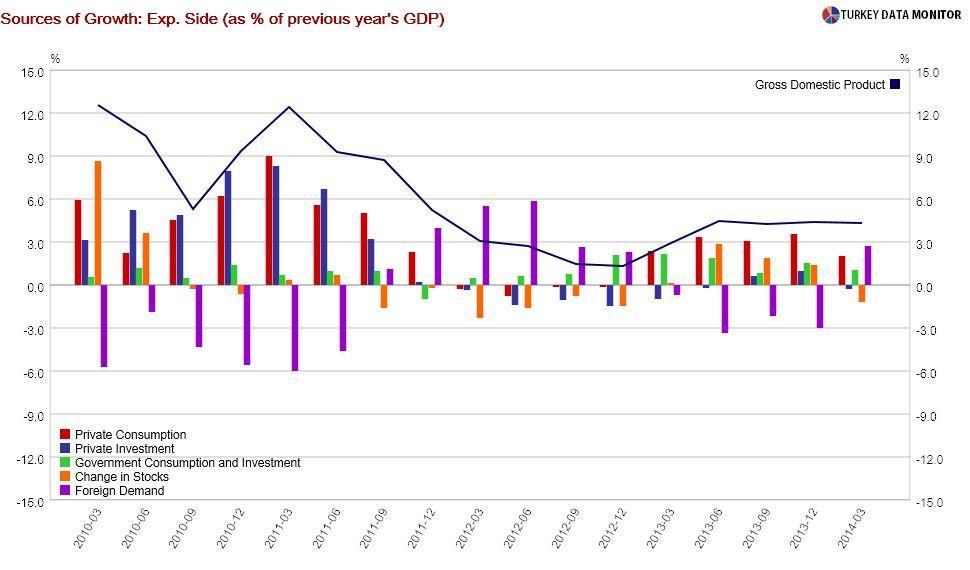
You can also see, by looking at the sources of growth in more detail, that private investment plunged, shaving 0.3 percentage points off growth. Public spending and investment continued to contribute to growth, but at 1 percentage point, their contribution was less than in the previous quarter (1.5 percentage points).
All in all, political uncertainty and exchange rate volatility took their toll on growth, as consumption and investment plunged. However, the country still managed to grow respectably thanks to exports to (mainly) Europe and government spending.
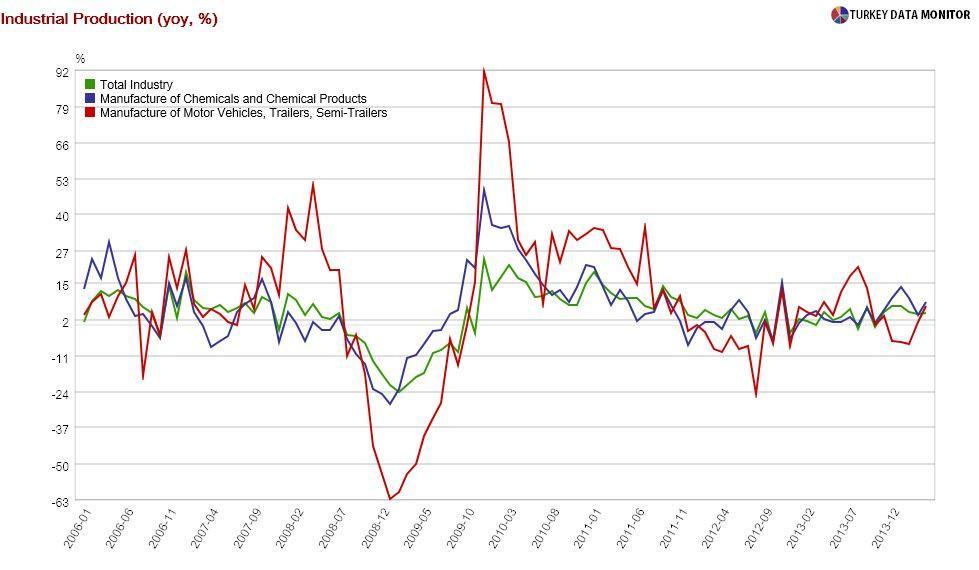
The April data shows this trend continued into the second quarter: The current account deficit decreased on an annual basis, and industrial production, rising 4.6 percent yearly, turned out to be higher than the expectations of 3.5 percent. While sectors catering to domestic demand grew moderately, export-oriented sectors, such as chemicals and motor vehicles surged.
The most interesting part of the industrial production data was the 30 percent annual rise in coal and lignite production, especially when you remember the Soma mining tragedy of May that cost 301 lives. Since sectoral data on work-related injuries and deaths is available only on an annual basis, I could not look at the correlation between such incidents and above-trend production.
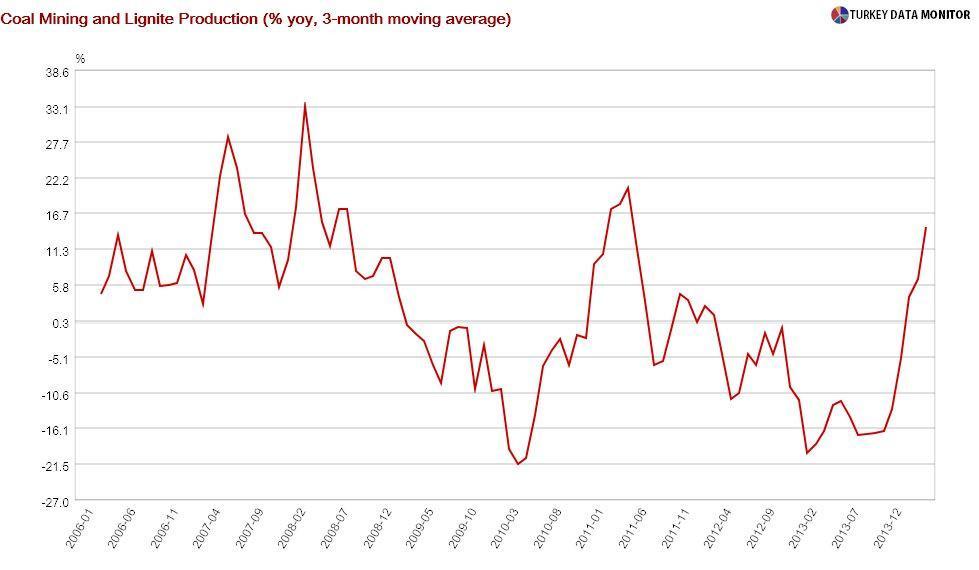
However, I could clearly see the government’s “coal for votes program” by smoothing out and graphing the annual change in coal and lignite production, which has surged before all the general and local elections since 2006.
In contrast to previous election cycles, coal and lignite production has continued to rise after the March 2014 local elections. This should not be surprising, given Prime Minister Recep Tayyip Erdoğan’s presidential aspirations.
Those aspirations are also the reason why his new Economy Minister Nihat Zeybekçi urged the Central Bank to cut rates right after the strong growth turnout. But risking an economic crisis is one thing; manslaughter is another.




